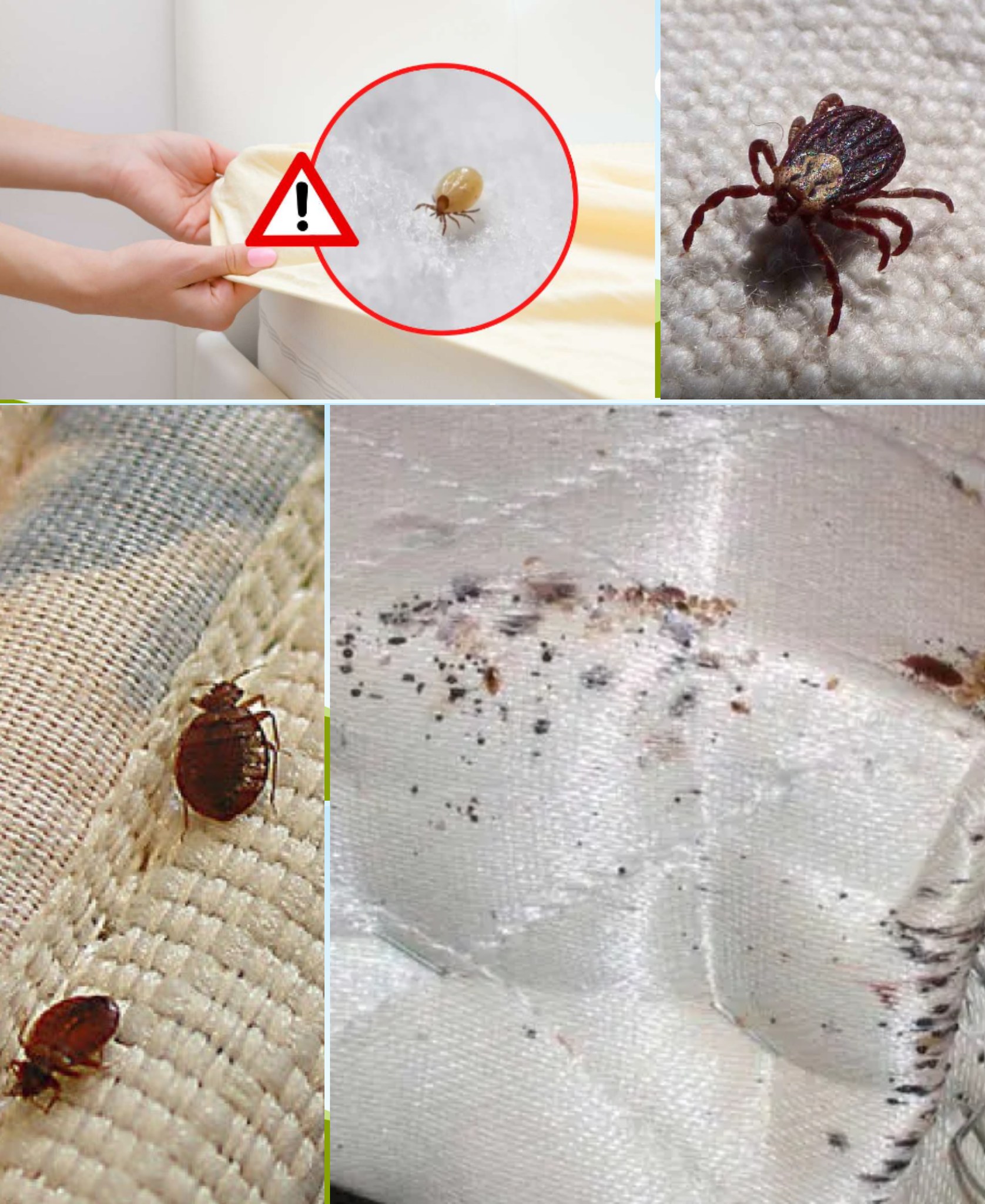ADVERTISEMENT
Sure! Here’s an informative and practical article on “How to Get Rid of Dust Mites Hidden in Litter Boxes”:
How to Get Rid of Dust Mites Hidden in Litter Boxes
Dust mites — those tiny, often invisible creatures — are a common nuisance in many households. While they are typically found in bedding, upholstery, and carpets, they can also make their way into your cat’s litter box, where they thrive in warm, moist environments. Not only can dust mites cause allergies and discomfort for you and your pets, but they can also contribute to unpleasant odors. So, how do you tackle these pesky invaders hiding in your cat’s litter box?
In this article, we’ll explore effective methods to eliminate dust mites from litter boxes, improve hygiene, and ensure a cleaner environment for both you and your furry friend.
🐾 What Are Dust Mites and Why Are They a Problem in Litter Boxes?
Dust mites are microscopic arthropods that thrive in warm, humid environments and feed on organic matter such as dead skin cells. They are commonly found in areas with high humidity, including your cat’s litter box. These mites may not be visible to the naked eye, but they can cause serious allergic reactions in some individuals and pets, including sneezing, coughing, and itchy skin.
Litter boxes can be a perfect breeding ground for dust mites because:
- Warmth and Moisture: The heat from your cat’s urine and body temperature combined with the moisture in the litter create an ideal environment for dust mites.
- Organic Matter: Dust mites feed on organic material, including the dead skin cells that cats shed. This can create an ideal food source for them.
- Dirty Litter: If you don’t clean your litter box regularly, dust mites and other allergens can accumulate, making the problem worse.
🧹 How to Get Rid of Dust Mites in Litter Boxes
1. Change the Litter Regularly
The first step in preventing dust mites in your cat’s litter box is to keep the litter clean. Frequent litter changes will help reduce the buildup of organic material and moisture that attracts dust mites.
- Tip: Scoop your cat’s litter box at least once a day to remove waste. Change the litter completely every 1-2 weeks, or sooner if it becomes saturated or starts to smell.
2. Use a Dust-Free or Low-Dust Litter
Traditional clumping litter can sometimes create dust clouds when poured into the box, which can spread dust mites and allergens around. Opt for dust-free or low-dust litter to minimize exposure.
- Tip: Consider silica gel litter or natural clumping litter made from materials like corn or wheat, which tend to produce less dust than clay-based options.
3. Clean the Litter Box Thoroughly
Dust mites can cling to the walls and bottom of your cat’s litter box, so it’s essential to clean it thoroughly during each litter change. Wash the box with hot water and mild soap to remove any residue that could be attracting mites.
- Tip: To disinfect, you can use a pet-safe disinfectant or a solution of white vinegar and water (about 1 part vinegar to 1 part water). This will kill bacteria and help remove any leftover dust mites.
4. Consider Using a Dehumidifier
Dust mites thrive in humid environments, so keeping the area around the litter box dry is essential. If the room is damp, a dehumidifier can help lower the humidity levels and prevent dust mites from thriving.
- Tip: If you don’t have a dehumidifier, try placing a silica gel pack or moisture-absorbing crystals near the litter box to help keep moisture levels in check.
5. Vacuum and Clean the Area Around the Litter Box
Regular cleaning around the litter box is just as important as cleaning the box itself. Dust mites and other allergens can accumulate on the floor and surrounding areas. Use a vacuum with a HEPA filter to remove dust, debris, and dust mites from the surrounding area.
- Tip: Vacuum the floor, walls, and any surfaces near the litter box at least once a week. Don’t forget to clean underneath and around the box, where mites can hide.
6. Wash Bedding and Fabrics Regularly
If your cat spends a lot of time around the litter box, they may carry dust mites on their fur. To reduce the spread of dust mites, wash any bedding, rugs, or blankets in the vicinity of the litter box regularly in hot water.
- Tip: Use a hypoallergenic detergent to ensure that dust mites and other allergens are effectively removed.
7. Use Natural Remedies to Repel Dust Mites
Certain natural substances can help deter dust mites. Diatomaceou
